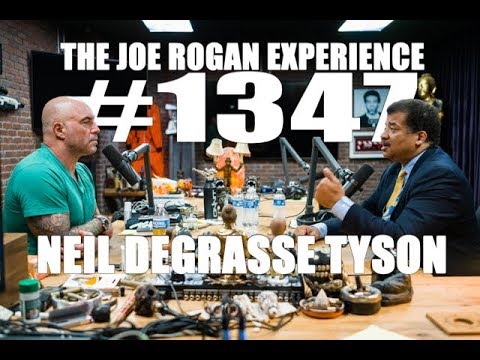On a recent episode of the Joe Rogan Experience (ep. #1347) Astrophysicist, Neil deGrasse Tyson, spoke as one of the many famous figures who are gravitating towards Tesla automotive engineering and the technology behind these futuristic vehicles.
"What kind of car you driving?" Joe asks.
"I now have a Tesla X," Tyson replies.
He comments on how the vehicle has, "very high acceleration," a characteristic of the car that is as infamous as its auto driving features.
"There's no maintenance on it, no oil change...the only moving part is what your turning the wheels with. No pistons. Nothing."
"Cars really should have been this a hundred years ago," Tyson continued, "and then we would have had a hundred years of clever engineering to perfect that."
Rogan then went on to ask if Tyson had seen the documentary, Who Killed the Electric Car.
Tyson, who reported he had heard of the documentary, reported he was only familiar with the history of the content matter in the documentary. "Electricity was all the rage a hundred years ago," Tyson explained. "'Let's electrify the cities!' There's Edison, there's Tesla...everybody wants to do everything electric, and the car had just come out. They said, 'let's do it electric.'"
"So this was not a new concept and it's unfortunate that more innovative thinkers hadn't been brought to task on how to perfect the electric car."
Joe Rogan, a huge car enthusiast and recent Tesla owner himself after a nearly three hour podcast conversation with Tesla creator Elon Musk, has since stated many times on his show that the vehicle is the best car he has ever owned and often mocks all other cars as "stupid" in comparison to the Tesla's efficiency, performance, and technological sophistication.
In his podcast with Brian Redban (ep. #1238), Redban asks his thoughts on Rogan's Tesla.
"It's preposterous," Rogan replied. "It's a fucking space ship. It's the weirdest thing I've ever driven in my life. It doesn't even make sense. There's not a single car that I've ever driven that's even close to as fast. Nothing. It seems like it's punching its way through a wormhole using alien technology. Like something Bob Lazar snuck out of Area 51."
"Do you like all the tech in it?" Redban asks.
"It's insane." Rogan replies. "That fucking car is the future. Tesla is the future."
More and more Tesla cars are making headway in popular culture, blowing the doors off what was conventionally thought was possible with a daily commuter. From autopilot capability, zero gas emission, almost no typical maintenance associated with traditional vehicles (excluding wheels), zero gas and fossil fuel emission, continues software and technology updates to keep the system current...everything points to this type of vehicle being the future of what cars could, and should, be. The two biggest questions that remain are, one, is Tesla sustainable as a automotive company, and two, how will the company effect other automotive giants who capture the bulk of the consumers in this space, especially in the coming age of electric cars as the standard. Time will tell.
-Stefan
What are your thoughts on Tesla? Have you driven one or own a Tesla yourself? Leave a comment below.





